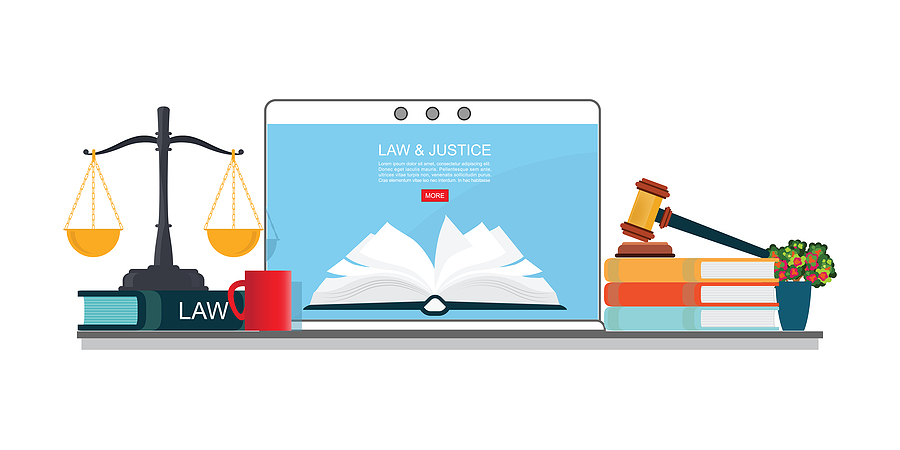A lawyer’s website is more than just a digital business card. It serves as a platform for showcasing the lawyer’s expertise and achievements. The site can demonstrate the lawyer’s knowledge and capabilities by including case studies, testimonials, and articles on relevant legal topics, establishing authority and building credibility within the field. This not only attracts potential clients but also reinforces the confidence of existing clients in the lawyer’s abilities.
Several must-have features contribute to a robust and effective lawyer website.
About Section: A well-crafted ‘About’ section humanizes the lawyer or firm, providing insight into their expertise, experience, and values. Including team bios with professional photos adds a personal touch and fosters trust.
User-Friendly Navigation: Visitors to a lawyer’s website often seek specific information. Clear and intuitive navigation is essential for users to quickly find what they’re looking for. Organizing content logically with a well-structured menu can greatly enhance user experience.
Testimonials and Reviews: Testimonials and reviews from satisfied clients can build trust and credibility. Incorporating these on the website, with the necessary permissions, adds social proof and reassures potential clients about the lawyer’s capabilities.
Call-to-Action (CTA) Elements: Effective CTAs prompt visitors to take action, whether scheduling a consultation, subscribing to a newsletter, or contacting the firm. Strategically placed CTAs can guide users through the website and encourage desired interactions.
Responsive Design: A lawyer website should be mobile-friendly and look and function well across different devices. Many users access websites through smartphones or tablets, so responsiveness is key.
Contact Information and Forms: Accessibility to contact information, including phone numbers, email addresses, and a contact form, is crucial. An easy-to-use contact form encourages visitors to reach out for consultations or inquiries.
High-Quality Imagery: Visual elements like professional photos can create a welcoming and trustworthy impression. Images of the lawyers, the firm’s office, or related legal symbols can humanize the website and build rapport with potential clients. Also, videos can add a personal touch, humanizing the legal practice. Images of the team, office space, or video messages from the lawyer can establish a connection with visitors.
Security Measures: Given the sensitive nature of legal matters, ensuring the website’s security is paramount. SSL certification, encryption for contact forms, and compliance with data protection laws are essential for safeguarding client information.
Blog or Resources Section: Providing valuable content through a blog or resources section showcases the lawyer’s expertise and willingness to educate clients. Articles, FAQs, or legal updates demonstrate authority in the field and can attract organic traffic.
Integration with Social Media: Integrating social media links or feeds can enhance the website’s reach and engagement. Sharing informative content or case studies across social platforms can further establish the lawyer’s authority and credibility.
Accessibility Features: Ensuring the website meets accessibility standards (like WCAG guidelines) by providing options for disabled users, such as alt text for images and clear navigation for screen readers, demonstrates inclusivity.
Compelling Content: High-quality content, including engaging copy, informative articles, blog posts, and case studies, helps establish the lawyer’s authority and expertise. Clear and concise language is essential, avoiding legal jargon that might confuse potential clients.
Key Takeaway
A lawyer’s website serves as a digital storefront and the initial point of contact for many potential clients. Incorporating these features thoughtfully can help establish trust, showcase expertise, and ultimately convert website visitors into clients.
Image Source: BigStockPhoto.com (Licensed)
Related Categories: Legal, Reviews, Work








